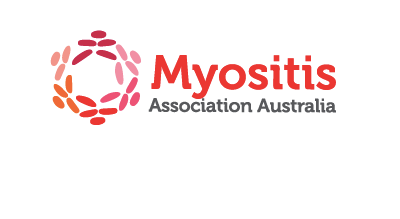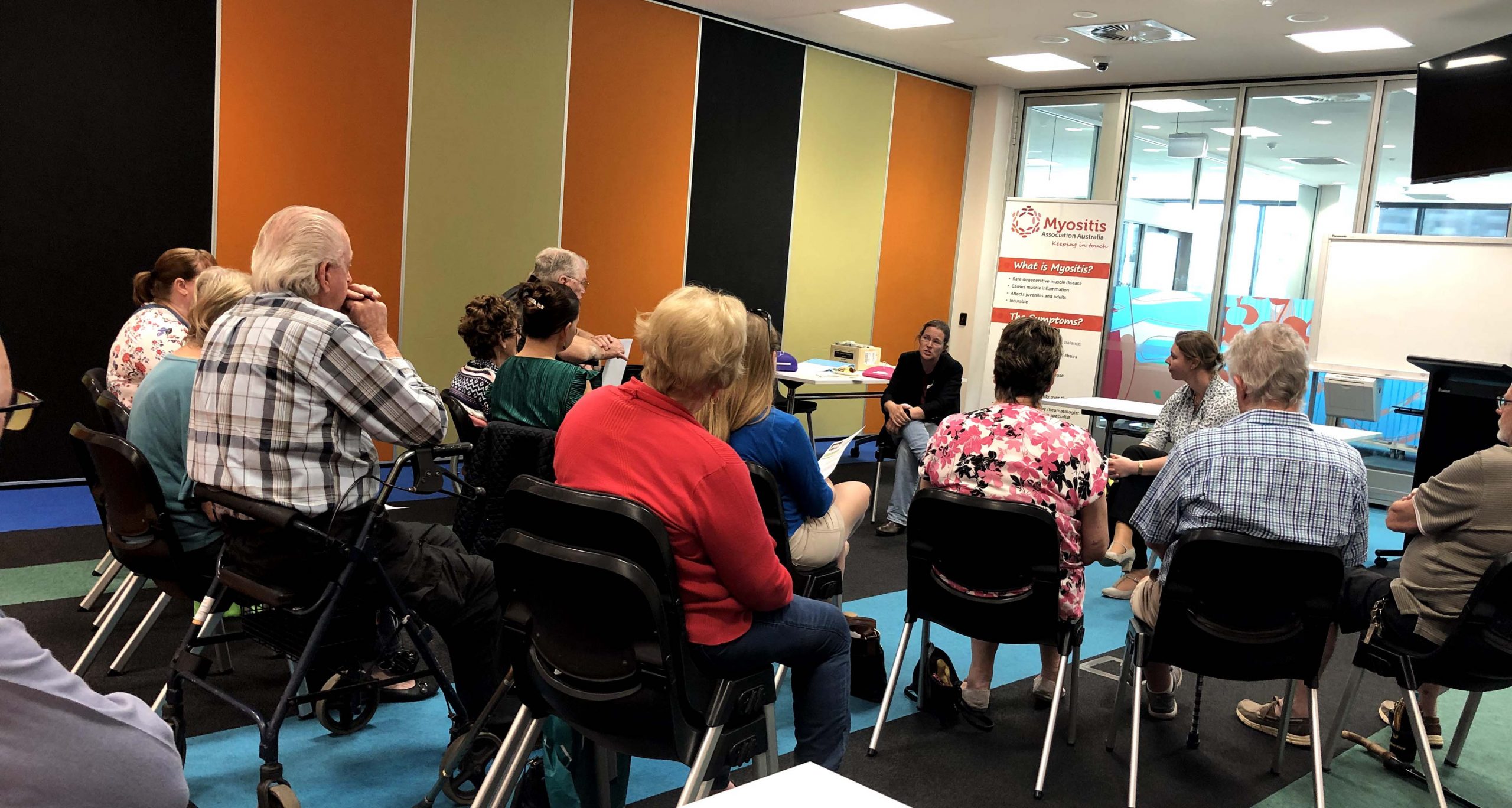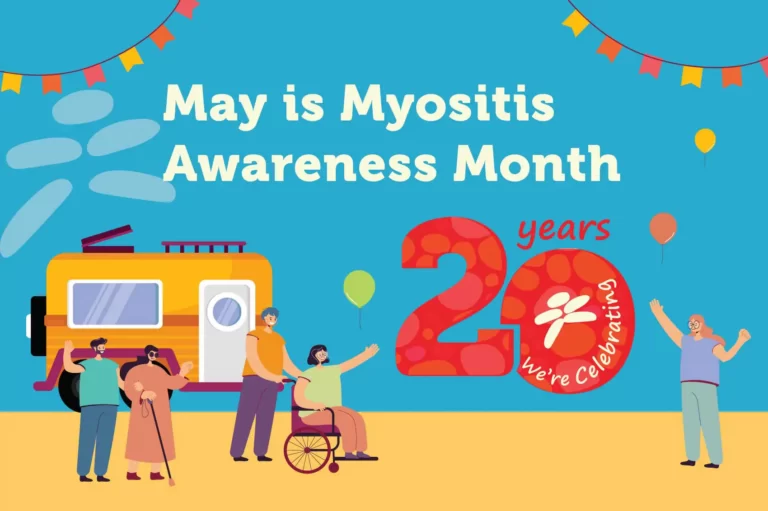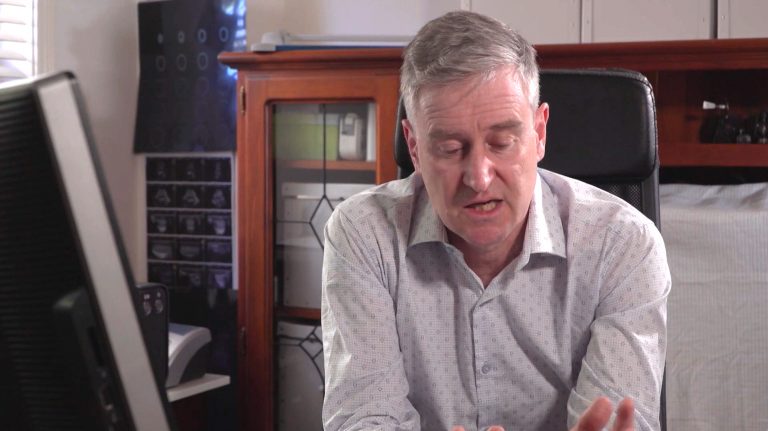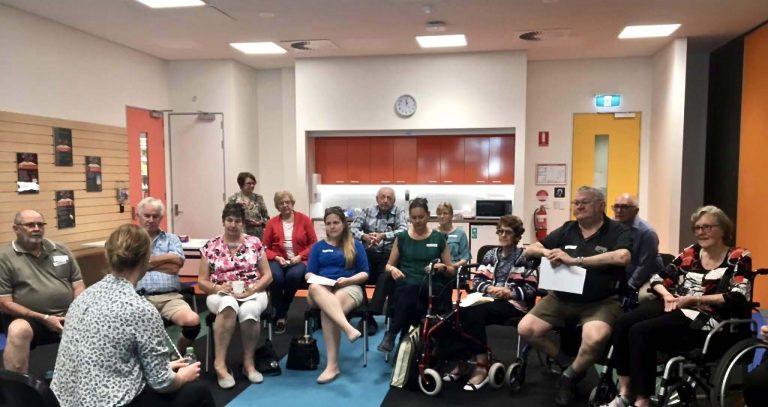3RD NATIONAL MYOSITIS CONFERENCE 2019
SUMMARY
ADELAIDE MAY 6-8, 2019
The Association’s 3rd National Conference was well attended by 112 Myositis patients
and carers. A very full and intensive program was enthusiastically received.
The speakers were outstanding and our Association is so grateful for their expertise,
passion for Myositis, commitment to patient support, and willingness to travel long
distances. The topics provided a strong focus on medical information about all forms of
adult Myositis including some discussion of overlapping autoimmune diseases. The
program also included a review of global research, exercise and falls prevention, Tai Chi
and Mindfulness, disability equipment, and the difficulty of coping with a chronic disease
from a patient and carer perspective.
Significantly, the Association obtained generous donations or grants from sponsors, CSL
Behring, Rosebud Country Club, National Australia Bank, NDIS grant, Pizzini Estate,
Howard Vineyard, Rutherglen Estates, Nepenthe Wines. The assistance provided by the
sponsors made it possible to support medical speakers from Australia, USA and Sweden,
facilitate the attendance by some patients and hire some disability equipment.
Most sessions have been recorded on video and the videos are now available for sale for
$15 each (postage included) or $45 for a package of all 5 videos. A list of the videos is
attached to this Newsletter.
Prof Alan Sturgess
Our patron, Prof Sturgess is a Clinical Associate Professor at the University of NSW and
head of Rheumatology at St George Hospital. He started the conference by addressing a
large crowd of first time attendees and /or newly diagnosed patients. This session was
not recorded on video.
Prof Sturgess’ presentation set the scene for the rest of the Conference. The topics he
touched on were addressed in detail by other speakers during the next 2 days. The
explosion of Myositis research in the last few years has lead to a greater understanding
of the complexity of the disease. The videos of the presentations are recommended for
those wishing to learn the details.
Prof Sturgess provided introductory comments about various types of muscle diseases
and their causes eg those caused by influenza, HIV, Infectious diseases, parasites,
dystrophies, thyroid issues (Graves disease, Cushings disease) and steroid induced
myopathy.
He then mentioned Autoimmune muscle diseases such as Polymyositis and
Dermatomyositis and generally explained the function of the Immune System and why
our immune system makes mistakes. He explained that it seems the immune system
fails either by not being able to rid itself of bad cells or for some reason it loses control
over bad cells.
Autoimmune diseases are common and generally divided into;
• organ specific diseases eg skin, muscle, thyroid, or • multisystem diseases eg lupus
A family history is relevant but can be confusing. It is more likely to point to a tendency
to autoimmune disease rather than certainty.
Treatment of Auto-Immune disease is difficult because it is not yet known how to
reverse the immune system. Drug treatments are directed at trying to suppress the
immune system but not to such as an extent as to lose the immune system. This has
lead to an array of drugs such as cortisone, methotrexate, azothioprine,
cyclophosphamide, IVIG, Rituximab.
Another option for treatment of auto immune diseases is to replace the tissue function
that has been damaged with the autoimmunity action eg insulin for diabetes, thyroid
hormone for hypothyroidism, kidney and pancreas transplants.
Prof Sturgess also highlighted that some drugs are known to cause muscle weakness in
some people. For example:
• Alcohol
• Plaquenil
• Prednisilone – he noted that more than 25mg of Prednisilone will
produce sideffects in anyone.
• Statins – which suppress cholesterol and have a significant
benefit in controlling heart disease and stroke but, in some
people can cause weakness or pain.
His discussion moved to IBM. Despite extensive research the cause of IBM – Inclusion
Body Myositis is not yet known. Most patients do not respond to any drugs and it’s not
yet known if it’s autoimmune or degenerative. A clinical trial is underway to test a drug
called Rapanycin. Government funding has been sought to hopefully extend the trial to
Australia within the next year or so.
One area where very significant progress has been made by researchers is in the
identification of auto- antibodies which have been found to point to particular features of
Myositis diseases or preferred treatments for the diseases. Prof Sturgess highlighted a
few of these antibodies. One difficulty can be that auto antibodies may be present in an
initial blood test and then not be present in subsequent tests.
• HMGCOA – the presence of this antibody in a person’s blood, if
taking statins, has been linked to Necrotizing Myositis.
• Synthetase Antibody is present in Anti-Synthetase Syndrome
which presents with muscle weakness, serious lung disease and a
scaly rash on the hands
• MDA 5 has been linked with patients who have reasonable
strength but serious lung disease.
• Mi-2 is present in classic Dermatomyositis with patients with a
skin rash and muscle weakness.
Myositis is thought to be associated with a significantly increased risk of cancer in
Dermatomyositis patients (especially for a few years around time of diagnosis). In
Polymyositis patients the risk may be doubled. The risk of cancer in present in IBM
patients is not shown to be increased.
Prof Sturgess discussed the availability of IVIG – Intravenous Immunoglobulin
particularly for those with significant swallowing issues in IBM cases and overall benefit
for those with Dermatomyositis. He explained the product is produced from fractionated
blood plasma collected in Australia or overseas. It works for some patients particularly
those having a DM flare, suffering Necrotizing Myositis or experiencing swallowing
difficulties. It’s a concentrated collection of autoantibodies from donors which helps the
patient to fight the inflammatory attack on their body. The products supplied by our
sponsor, CSL Behring are Intragam and Privigen. Other manufacturers also supply IVIG
to Australia. The manufacturing process is very expensive and the drug is in short
supply. Patients must be specifically approved by the Red Cross in order to gain access.
There are some known side-effects which need to be considered before commencing a
treatment plan.
He also discussed the very rare incidence of Orbital Myositis:
• Double vision is a common symptom
• 1 or 2 of the 6 muscles in the eye become inflamed
• Generally Prednisilone alone will resolve the inflammation but
Methotrexate or Rituximab may also be sued. Rituximab is given
intravenously and is generally well tolerated and with fewer sideeffects than Prednisilone.
• 6 months of treatment may be needed.
It’s always a pleasure to have Prof Sturgess address our group. Kicking off the
conference with the 1st time attendees session provided a quick general update on a
wide range of topics for those new to Myositis. As one member commented: “Prof
Sturgess provided a wonderful intro for 1st timers. What a beautiful human being!”
Presentations:
Over the next two days we heard in detail from Myositis specialists and allied health
professionals from Sydney, Melbourne, Adelaide, Perth, Baltimore and Stockholm
covering the following topics:
• Dr Katrina Reardon a Senior Neurology consultant at St Vincent‘s Hospital
Melbourne – ‘Fungi, statins and muscle disease’ including a discussion of
Necrotising Myositis.
• Clinical Associate Professor Merrilee Needham Fiona Stanley Hospital and Perron
Institute , Perth – Report from Global Conference On Myositis (GC0M) held in
Berlin in March 2019.
• Dr. Christina Liang specialist Neurologist at Royal North Shore hospital in
Sydney – IBM Update
• Rosalie Lackie accredited Tai Chi and Qigong instructor – Tai Chi discussion and
demonstration.
• Esther Huber, Occupational Therapist- assisted technology and independent
living discussion and display of assistive devices.
• Associate Professor in physiotherapy Helene Alexanderson, Karolinska Institute
in Stockholm – theory of exercise and Myositis together with practical
demonstrations on each day.
• Associate Professor of Medicine and Neurology Lisa Christopher-Stine ; Director
of Johns Hopkins Myositis Centre, Baltimore,Maryland – DM/PM and
Autoantibodies.
• Dr Jessica Day Rheumatologist and PhD candidate at Royal Adelaide Hospital (
and moving to Walter & Eliza Hall Institute Melbourne) – Update on PhD researchImmune Mediated Necrotising Myopathy.
• Kelly Beer Clinical Research Manager for the Myositis Discovery Project based at
Murdoch University, Perth – establishment of a Myositis Registry in Australia.
• Clinical Associate Professor Merrilee Needham Fiona Stanley Hospital, Perth
•Coping With A Chronic Condition
Dr Michael Pearson – Mindfulness demonstration.
• Q & A session Chaired by Prof Allan Sturgess – panel Dr Jessica Day, Prof Lisa
Christopher- Stine, Prof Merrilee Needham, Helene Alexanderson.
• Damian Slater’s (Perth) journey with IBM.
All of these sessions have been recorded.
Evaluation forms from attendees produced an average rating for the presentations
between 3.9-5 out of 5. The Q&A session was rated 4.8 out of 5.
Other Outcomes:
In addition to the sessions, an innovation at this Conference was to suggest that those
doctors attending, meet to discuss issues relevant to them. We were delighted to hear
that the doctors will form an informal alliance across Australia and hold webinars several
times a year to discuss their difficult cases. They’ll also form a PM,DM, NM group email
link. In addition they’ll work to develop a relationship with other Myositis clinicians
across Australia.
Another terrific development was progressed at the Conference. As reported in earlier
Newsletters, a very significant bequest to the Perron Institute in WA by a Sydney based
IBM patient has been made to advance Myositis research. This has enabled the
appointment of Kelly Beer as a Clinical Research Manager for the Myositis Project. Prof
Merrilee Needham along with Kelly have sought ethics approval to establish a Myositis
Patient Registry for research purposes. Kelly provided a presentation explaining the
Registry process and the plan to collect FNA samples. DNA saliva samples were
then collected from 78 people at the conference, with 46 of those from patients and 32
from healthy controls. The samples have now been handed to the lab team, who will
start the process of DNA extraction. The task of entering the data collected into a project
database has commenced. This is an exciting development which will be of great
assistance for identification of patients for future clinical trials and research projects.
Overall Conference Evaluation:
The majority of the survey results indicate that we should aim to hold another
conference in 3 years time. When selecting a city/hotel the Committee faces the difficult
balance of location of members, travel and accommodation cost, suitability of hotel and
convenience to airports. The attendee surveys confirmed that the Adelaide hotel had
numerous shortcomings for people with disabilities. The comments including those
directed at meals, have all been taken on board. Hopefully we also won’t be surprised at
a future conference by the closure of one of 2 lifts and remodelling of the carpark! The
Committee is open to suggestions of suitable locations and hotels.
Comments seeking more social networking time, and topics such as dysphasia, caring for
the carers, daily living experiences, nutrition, NDIS, Aged Care, have all been noted for
inclusion next time. Some of these topics have been addressed at previous conferences
and will be repeated. Reports of previous conferences can also be found on the
Resources page of the Association Website.
I’d personally like to thank all the Committee members for assisting with the planning
and conduct of the Conference. We’re all volunteers and all have Myositis. To keep the
cost to members as low as possible, we managed the Conference ourselves without
employing a Conference organiser. The staff at the hotel were also very helpful in the
lead up to the conference and by trying to make our group as comfortable as possible.
Our Committee:
•Anita Chalmers (Secretary) worked for over 2 years to organise speakers and
the detail of the Conference content.
• Richard Gysi (Treasurer) lodged grant applications, pursued sponsorships,
managed registrations and reimbursements.
• Lachy Beckett (Vice President) contributed to decision making throughout the
planning process and hosted the final dinner
• Trevor (Past President and Life Member) and Merilyn Neumann sourced gifts for
speakers, had endless meetings with the hotel, organised disability furniture,
produced the printed conference programs and took photographs during the
conference.
• Dan Joyce (Life Member) managed the recording of the speaker presentations
and production of DVDs.
• Geoff Jordan provided a general watch over the planning and social support
during the Conference.
• Special thanks also to John Armstrong for technical IT assistance, video
recording and being the much needed ‘legs’ with the microphone
A very big thank you to all who attended. Very considerable effort by patients and carers
was involved in getting to the meeting. Thank you for your good cheer, enthusiasm and
constructive feedback.
Some attendee comments:
“To have so many eminent people from Interstate and Overseas was a coup for the
organisers and participants”
“Thank you for the opportunity to attend this conference”
“For a first time participant – I found it very informative”
“Great move to bring doctors together to collaborate”
Christine Lowe
President
